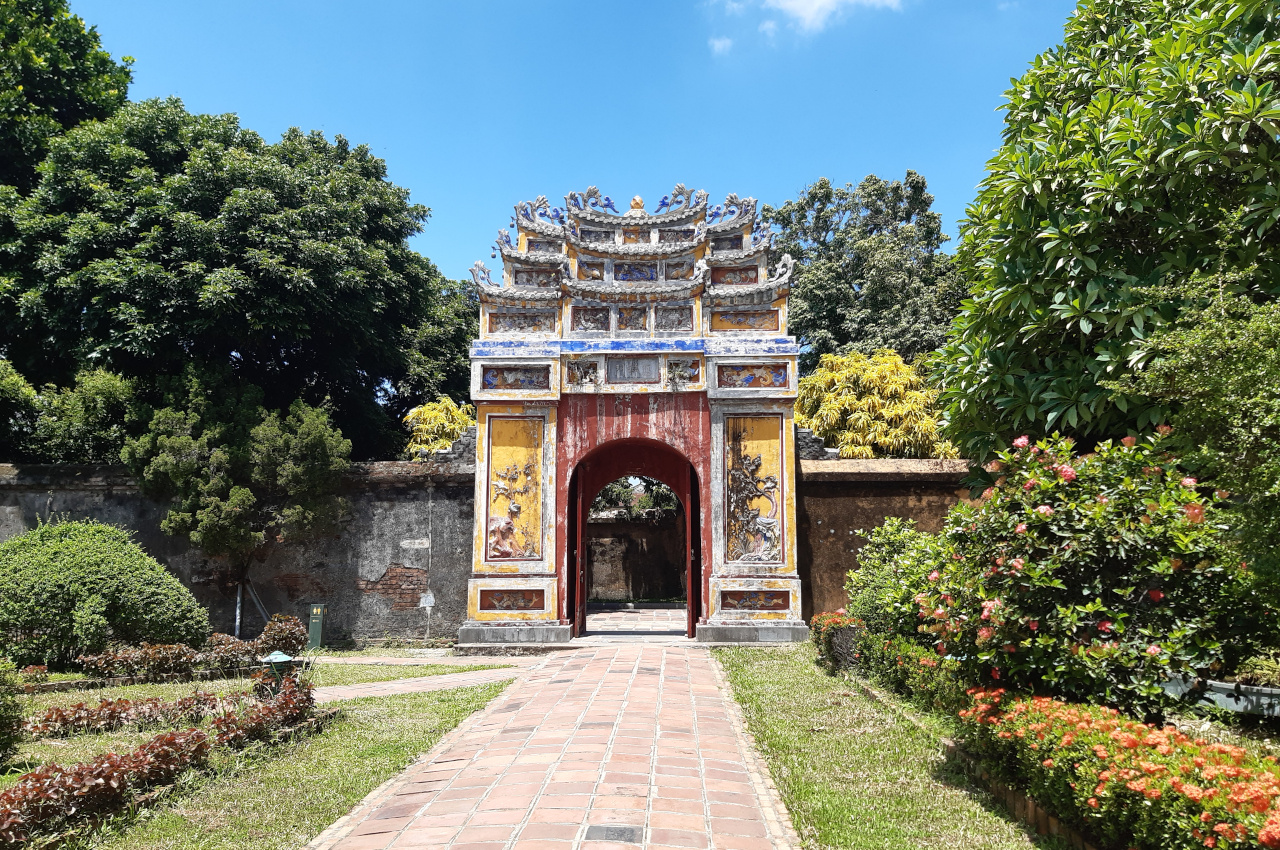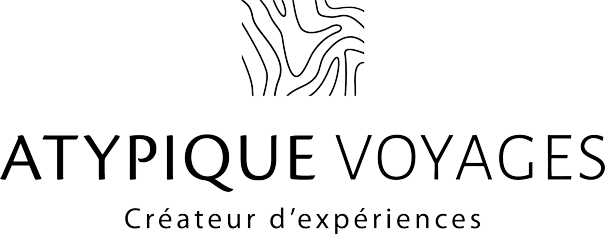
The city of Hue in Vietnam is located in the center of the country in the province of Thua Thien. Today, Hue lives mainly from tourism and fishing, but it has a rich historical past as it is the former imperial capital of Vietnam. Like many Asian countries, Vietnam was once ruled by dynasties, feudal lords and emperors. For almost 150 years it was the seat of the emperors of the Nguyen dynasty and played an important role in Vietnamese history. This is why the city of Hue is often referred to as the “Imperial City of Vietnam“. This era is strongly felt in the architecture and monuments that take place all over the city of Hue in Vietnam. Even though some of these buildings were partially destroyed during the war, extensive rehabilitation work has been carried out. These political, religious and cultural monuments have been listed as UNESCO World Heritage Sites since 1993.
This ancient capital is crossed by the Song Huong River, more commonly known as the “Perfume River” and which separates the old city from the modern districts of Hue. This river has been renamed in this way because, at the arrival of autumn, the flowers of the fruit trees fall into the water and embalm the whole city. In the background, Hue is overlooked by the Ngu Binh Mountain, a true symbol of the city that contributes to its idyllic charm.
The city of Hue in Vietnam is therefore located in a natural region that charmed the emperor Gia Long. With its surrounding hills and mountains, the first ruler of the Nguyen dynasty chose Hue as the perfect location to become the new capital from 1802. Hue was also the point of union between North and South Vietnam. Until 1945, different emperors of the Nguyen dynasty succeeded each other to rule Vietnam. Once abdicated, this dynasty gave way to a communist government under the leadership of Ho Chi Minh.
The Dong Ba market, which is the largest and busiest market in Hue, is well worth a visit. Situated on the banks of the Perfume River, it is always pleasant to stroll there and discover the culinary specialties of the region. Follow the intoxicating smells and meet the local people, always proud and happy to present their products. You will also find restaurants where you can enjoy delicious typical dishes such as rice with shellfish or beef soup.
During your visit to Hue, you can discover the imperial monuments such as the Royal Citadel, which houses the Imperial City of Hue and the Forbidden Purple City. You will enter the Imperial City of Hue through the South Gate before you can admire the Emperor’s main palace and its Chinese architectural style. In the Forbidden Purple City, you will have the opportunity to visit the Royal Library, the only monument in a perfect state of preservation.
This is the opportunity to visit one of the tombs of the Nguyen emperors. The emperors’ mausoleums, seven in number, are located outside the city of Hue. The most impressive to discover are those of Emperor Minh Mang, one of the most powerful, Emperor Tu Duc and Emperor Khai Dinh. Take a dragon boat trip on the Perfume River and visit the imperial tombs in a unique experience with Atypique Vietnam.
Just like other cities in Vietnam, there are beautiful pagodas in Hue overlooking the famous Perfume River. The most beautiful is the pagoda of the Celestial Lady located only three kilometers from the royal citadel. It was built at the very beginning of the 17th century and is the highest pagoda in Vietnam with its six-storey tower.
To visit Hue is to discover its historical past and Vietnamese traditions while contemplating the incredible landscapes of the region. If you wish to travel through Hue for your custom-made tour in Vietnam, please do not hesitate to talk to your Travel Designer.





